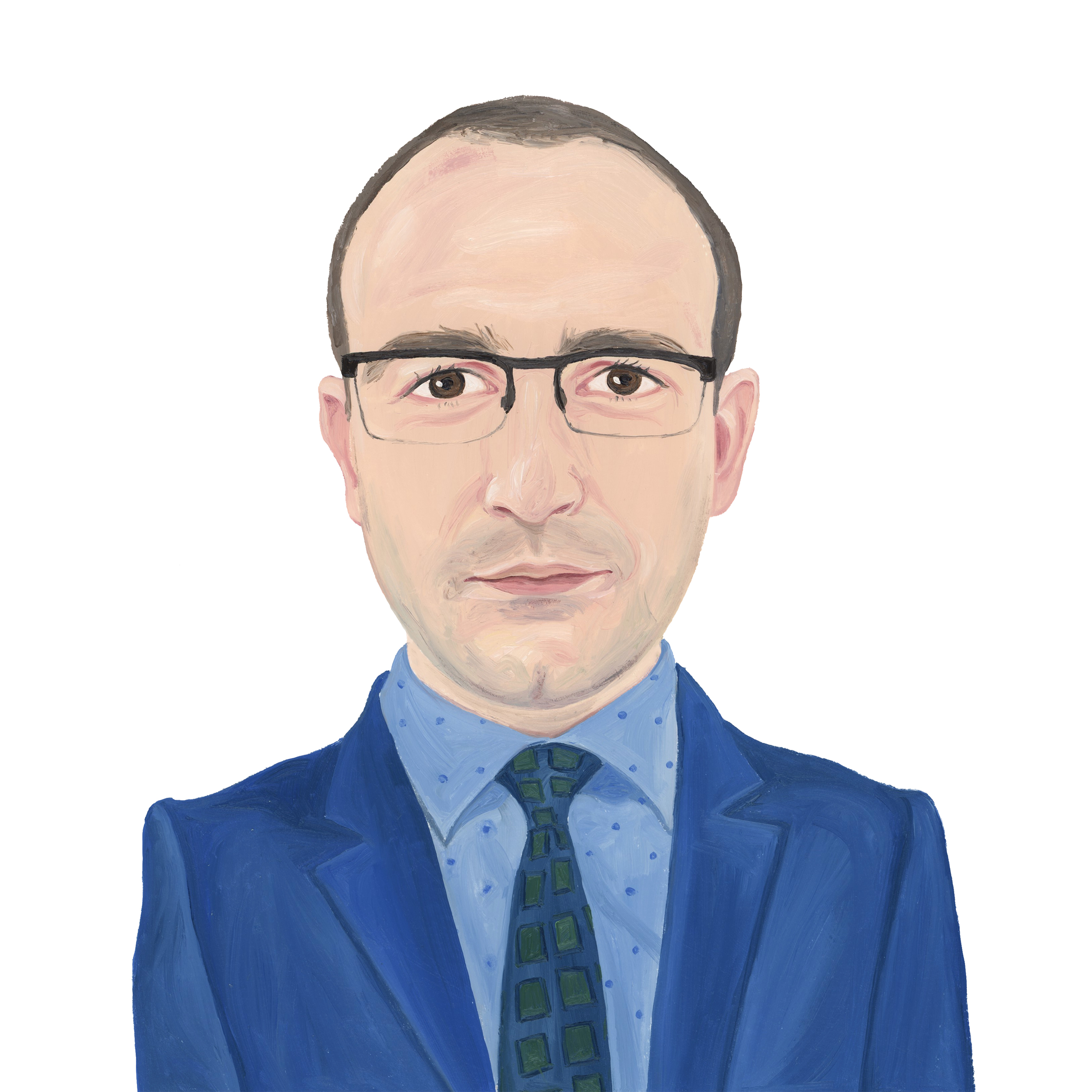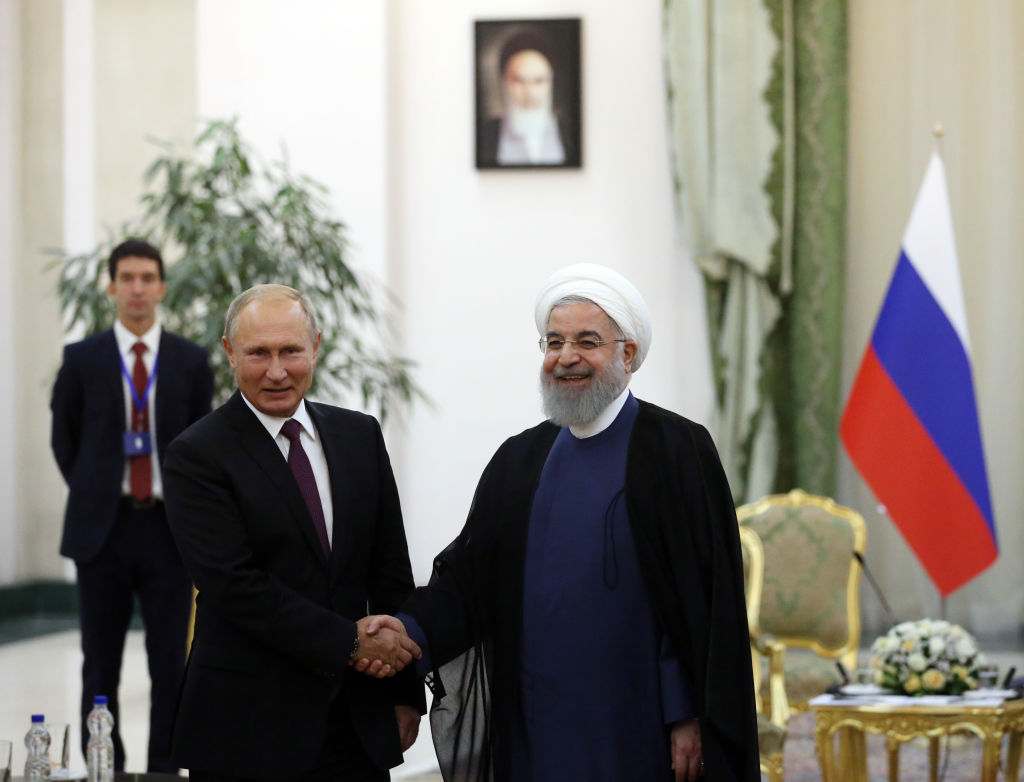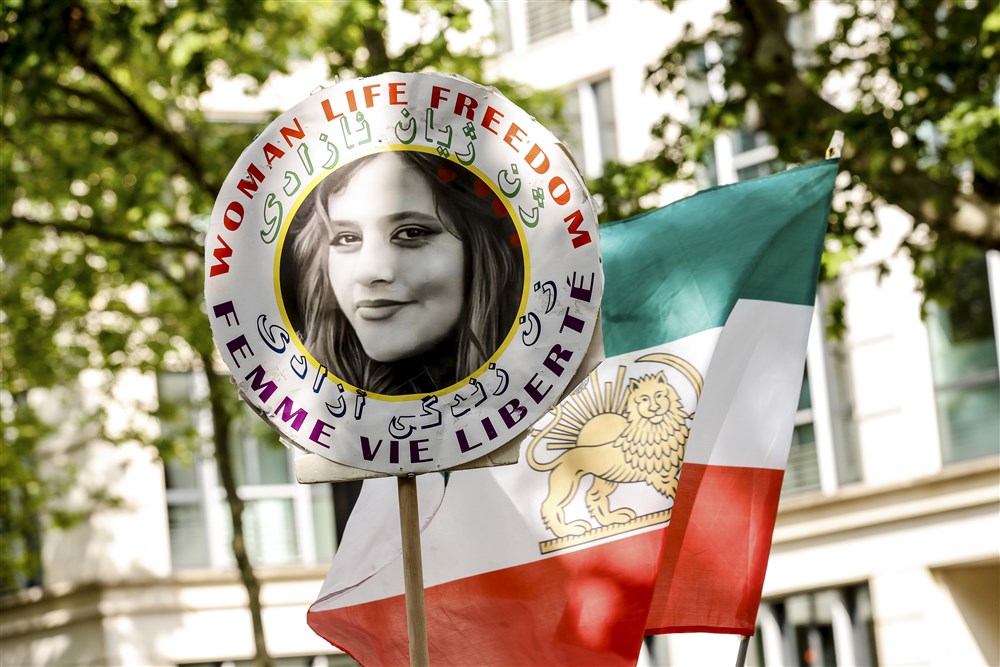The past couple of weeks have witnessed one of the biggest and most consequential shifts in European strategic policy since 1945. A series of top-level military and political leaders in Europe suddenly came out in public to warn about war with Russia in fundamentally different and more serious terms than ever before.
In Stockholm and London, the head of the Swedish Armed Forces and that of the British Army both said that the entire population must be prepared to fight, not far in the future. The Chair of the NATO Military Committee declared openly that a war with Russia is less than 20 years away, again with the implication that civilians will have to be mobilised into the forces. According to the German defence minister, Berlin thinks we only have five to eight years until war comes. The Estonian prime minister, gave it three to five years, and the UK defence secretary similarly talked about a five-year timeline to war. In this same short space of time we also had Norway’s top general as well as Poland’s national security agency warning of war within three years.
All this is quite unprecedented, coming from such high-ranking figures. And beyond these warnings, from Britain to Sweden, Germany, Poland or Romania there are now increasingly strong debates about restoring various forms of conscription. What a change of tone from last year, when Russia was thought to be “losing” and Ukraine was supposed to be raising its flags again over Crimea and the shores of the Azov Sea.
The true meaning of this coordinated and concentrated messaging has been obscured, drowned by the usual media cacophony and hysteria that accompanies any startling statement that impacts the wider public. Make no mistake: this was not just rhetoric or, as some cynics might say, simply more “warmongering” from a Western establishment “obsessed with fighting Russia”. Rather, it indicates that the penny has finally dropped in Europe as regards the true nature of the security challenge ahead – both from an enemy and an allied, i.e. US, perspective. It is quite clear that a high-level decision has been taken, across European establishments, to begin addressing these literally life-or-death issues for real, at long last.
The reasons for this sudden change of tack are two-fold. On the one hand, it has now become apparent that there is a profound change underway in American politics as regards foreign policy priorities. It largely reflects the views of the wider US public, which for the past few years has been increasingly moving towards a majority opinion in favour of disengagement from foreign wars in general, and especially from Ukraine. This war is increasingly difficult – perhaps now impossible – to “sell” to the average American voter.
By contrast, both with the public and with the US political establishment, China is now seen – not unreasonably – as the main threat to America’s future security and prosperity. In short, the US foreign policy consensus is drifting, perhaps inexorably, towards the China-centred strategic prescriptions of people like Elbridge Colby, a leading Republican security figure who would likely play an important role in a second Trump administration, if that ever materialises.
The recent escalations in the Middle East have also served as a stark reminder that America’s overstretched resources require careful prioritisation at least for the foreseeable future, if the current balance of global military-economic power does not shift strongly back in its favour by some miracle. But as things stand, even the self-entitled Europeans are forced to admit that no US administration can justify protecting a collection of rich Old World allies at the expense of its more-important national interests in the Indo-Pacific and Middle East as well. So Europe will be increasingly on its own in the years ahead.
The second explanation for this major policy pivot by European leaders is that it has finally dawned on them that their – and, frankly, American – military calculations with respect to the Ukraine war have been gravely mistaken. Far from “degrading and destroying the Russian army substantially”, as NATO Secretary General Stoltenberg has been claiming – expressing a popular view among strategically-illiterate Western pundits – the war is actually creating a monster in Putin’s new military machine, taken as a whole. This is simply a fact.
Predictably, Vladimir Putin is doing what every Russian autocrat has done in times of war: his regime is forcibly mobilising the entire country and its economy in support of the war effort, resulting in an accelerated military build-up that, even by the reckoning of the Western press, is currently outstripping NATO’s own. Thankfully, Ukrainian resistance serves to shave off much of the capabilities that Moscow keeps restoring or adding, on a rolling basis – so Russia’s growing potential to generate forces and expand its order of battle is not fully apparent while the war goes on.
With the Russian state now being fundamentally reconfigured almost entirely for warmaking, the implications are profound. We will have to confront not only the near-impossibility of Kyiv “defeating” Moscow’s armies in Ukraine, but also the certainty that at the end of this war Russia will be armed and ready for further adventures – with a massive, hugely experienced, battle-hardened army, the world’s biggest nuclear arsenal and a vast military-industrial system designed to support extensive, high-intensity warfare. It would be foolish to underestimate this country’s warfighting potential yet again.
The failure of all Western political-military establishments to foresee this situation back in 2022, and the folly of persisting for nearly two years in the utterly ruinous belief that Russia is on the brink of collapse – or that it has “already lost”, according to Joe Biden, speaking just over six months ago – leaves precious little confidence that these same elites will get it right from now-on. Alongside a policy shift, we also need a personnel change across the West’s political and policy-making classes, not to mention the legions of so-called “experts” who got all key issues and assessments wrong, time and time again.
In these conditions, it is easy to be sceptical about Europe’s newfound awakening to the full dimensions of its predicament. The default reaction from any discerning observer of the Europeans’ pathetic policy record, particularly on defence, would be to dismiss this as yet more posturing and fake promises from long-discredited elites.
Yet, again, these January statements came from serious military figures as well; and in many cases, especially Germany, such rhetoric comes at a heavy political cost in the soft, “health and safety”, “me-first” (and indeed, #metoo) age when most voters have come to see the armed forces at best as a kind of hired security service that would always do their fighting for them. The willingness to bear these costs suggests that the new panic about the Russian threat is now real across the military-political classes.
However, even if these warnings reflect a genuine turn in European perceptions of the threat, and even if political decision makers intend to follow-through with a serious defence build-up this time, we come to the key question. Can Europe rearm itself in time, before Putin will be in a position to make any further moves beyond Ukraine?
Exactly how long we have – assuming nothing fundamental changes in international politics – is unclear at this stage, hence the widely varied estimates cited from the pronouncements of Western officials at the beginning of this article. Three years, as estimated by the Norwegians, Balts and Poles, appears to be a safe assumption at the lower end of the scale. Even if the worst-case scenario of a steady breakdown of Ukrainian defences – as a result of diminishing Western support – starts to unfold in the next few months, it would take at least half a year for Russia to clear its immediate objectives in the Donbas and Kherson and perhaps at least as much to take Odessa.
In this horrific scenario, mopping up the main pockets of resistance in the other east-central-northern regions including Kyiv could then take Russian regular units another year before handing over completely to “pacification” forces like the National Guard , while preparations for the next conventional assault – almost certainly directed against Moldova – would bring the counter to the three-year mark. But this “ideal” scenario from Moscow’s point of view is highly unlikely; any number of events and what Clausewitz called the “friction” of war will almost certainly push the timeline further to the right, thus giving Europe more time.
Everything described here assumes – as is very likely – that no sustainable armistice occurs in the intervening period. If some kind of peace negotiations are successful in stopping the fighting, at least for a while, again the Russian timeline for an attack west of Ukraine will be correspondingly delayed. It is also worth stressing that the Kremlin will almost certainly not launch into a further military adventure – especially against a NATO country – until the main combat operations of the Ukrainian campaign are concluded.
All this is to say that even in the worst scenarios Europe will indeed have between three and five years to rearm itself. As previously described in these pages, a significant effort to expand defence-industrial capacity across the US and Europe – including through partnerships with allies as remote as Australia, South Korea and Japan – is already underway, especially in terms of ammunition production. And almost every month brings news of more plants and production lines being set up, not just in NATO frontline countries like Poland, Hungary or Romania, but even in western Ukraine.
For all the (amply justified) criticism directed at German defence since 2022, companies like Rheinmetall are now starting to kick into gear in a substantial way; in fact, Berlin might discover that switching some of its existing manufacturing power to defence production might be the saving grace for its declining car industry. Furthermore, a variety of new weapons development programmes – such as drones or new types of munitions – begun as crash projects shortly after the invasion, are now increasingly coming online and being delivered to the front.
With all this increasing European – and indeed, American – rearmament activity, the key variable in relation to the threat, and therefore the likelihood of war with Russia, is time. Three years is not that long but should still be sufficient to achieve a significant upscale of European defence equipment and ammunition production, almost certainly enough to solve the ammunition problem; five years would be plenty. This period should also see more investments and capability growth across some of the key European military forces.
The weak spot will be recruitment, which is currently impaired by wokeism and the relentless assault on national values and on anything smacking of male culture as such, let alone what may be interpreted as martial spirit. Expunging these leftist ideological deformities from public life is now becoming a national security priority, if we want to grow our armies and secure our freedom and civilisation from predators like Russia.
Put together, over the next half-decade, a stronger European defence industrial base and expanded force structures would present a much stronger deterrent against any Russian plans to continue its aggression westward, even in the worst-case scenario in which Ukraine is lost. The problem is that Ukraine does not have five years; it must be saved this year, and the next.
While building up our own militaries – which should be the number one political priority and manifesto commitment of all parties contesting elections in Europe – must continue at pace irrespective of what happens in Ukraine, helping Kyiv to remain in the fight and maintain its positions is the surest way to guarantee European security going forward – with US help or without.
Gabriel Elefteriu is deputy director at the Council on Geostrategy in London and a fellow at the Yorktown Institute in Washington, D.C.





Will armed militias ever spring up in Europe again? As internal strife spreads across the continent and Ukraine falters, the Freikorps are a warning from history